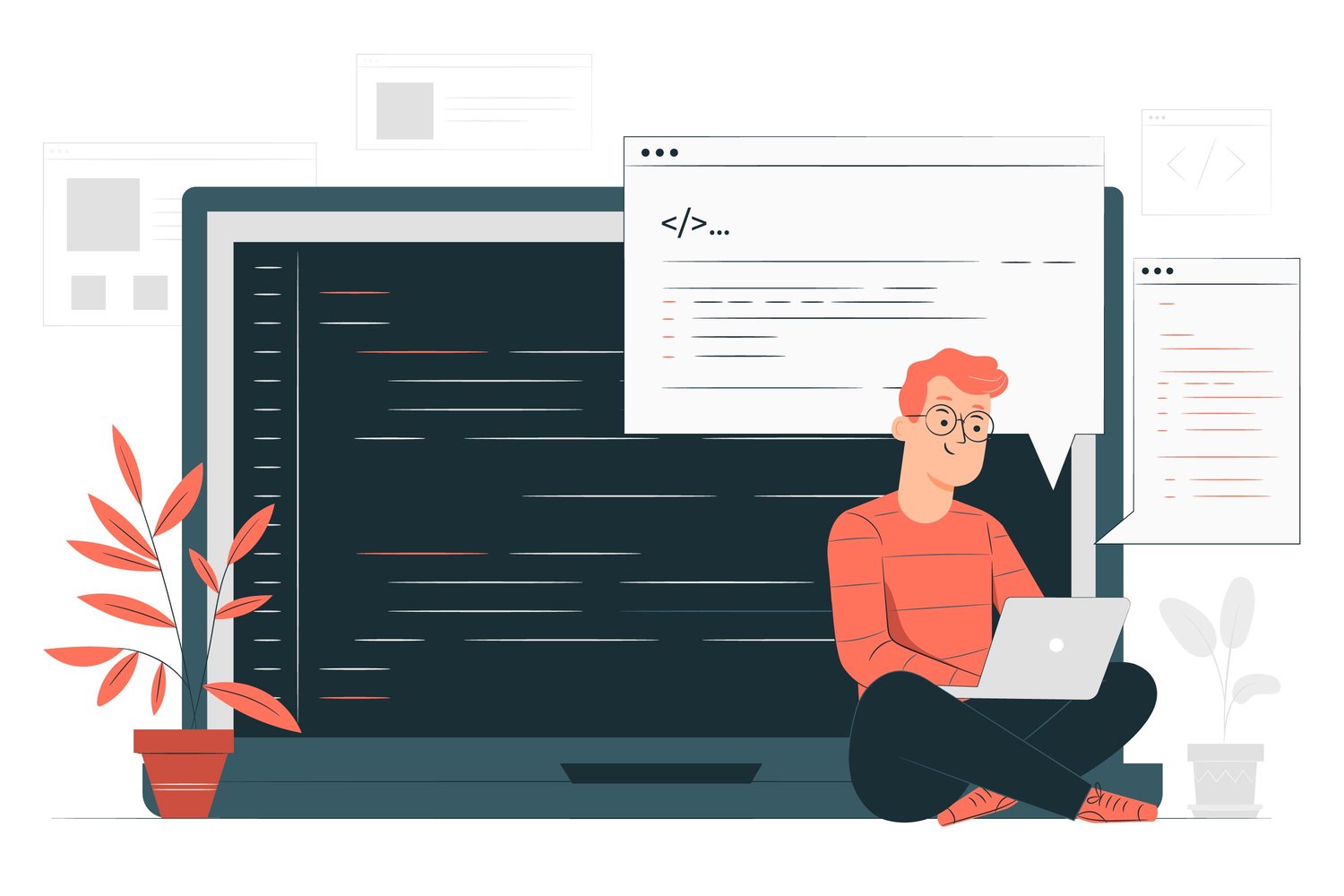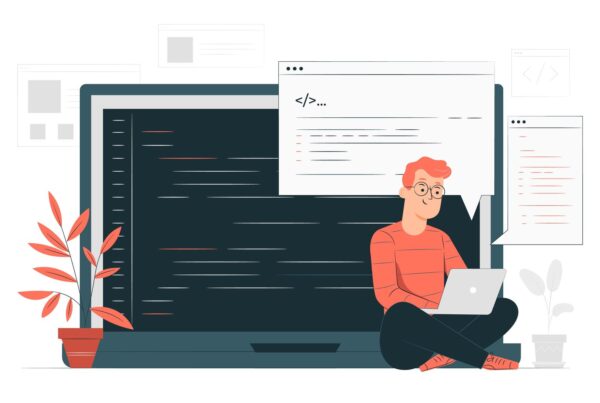Magento and WordPress Woocommerce has evolved two of the greatest ecommerce platforms from the development perspective. In spite of a striking contrast between the two platforms, they share some traits in terms of customization as well as customer-centric features. Henceforth, the common question that disturbs every developer is “Is it really feasible enough o migrate from Woocommerce to Magento?” Let us clear this doubt for all those involved in ecommerce development services.
Why Magento and not Woocommerce?
- For small-sized enterprises, Woocommerce might be an ideal fit. However, for large-scale organizations, Magento offers an extensive range of advanced features.
- Multi-vendor ecommerce store creation is a major issue in the case of Woocommerce since it is ultimately a CMS plugin. Since Magento has been specially built to cater ecommerce needs; it does play a crucial role in the seamless handling of heavy data.
- Unlike Woocommerce, Magento does not limit you to the number of a vendor, and hence it is highly feasible to go for a Magento platform.
- Woocommerce will appear economical for basic needs but when going for additional extensions, it can turn out to be a costly affair.
- Hiring Magento developers will do 90% of your work right away since Magento is full of an innumerable number of free themes, extensions, and backend tools, required to make your ecommerce site aesthetically appealing and user-friendly at the same time.
How to initiate Woocommerce to Magento migration?
This is a laborious work that demands a phased approach followed systematically. Being a Magento development company for years, we have classified the migration process into different phases, so that you do not compromise on impeccable quality.
Phase 1 – Have a backup prepared for all your data
Magento developers need to safeguard client’s data first hand. Hence, it is a responsible task to get all the data in the backup folder first. This will help you restrict any kind of contingencies. You can go about storing the backup data in Big Bucket or on the local machine for you the developer.
Phase 2 – Product migration starts here
Once you are done with backing up things, it is time to recreate the exact same environment in the Magento platform. Therefore, you need to place the radio buttons, check boxes, graphical elements, attributes, product details, and more, the exact same way as was in the case of Woocommerce.
Phase 3 – Customer details migration
This is a phase where you need to have a keen eye for details. You are transferring crucial information of the customers such as name, contact details, password, shipping address, order history, payment details, and so on. Do it in a highly secured manner by adopting a right encryption technique differing between both the platforms.
Phase 4 – Migrating vendor information
Now it is time to go for vendor details transfer. Herein, vendor product details and the transaction details are transferred such as order, order status, etc. Additionally, the URLs transfer takes place, wherein the products are actually located. All the redirects are mentioned in the “.ht access” file to avoid 404 errors.
Phase 5 – Payment gateways transfer
As the name says, it is about time to transfer the payment gateways from one platform to another. Since Magento hosts a number of payment gateways, this is probably one of the easiest phases to deal with. Based on information like API signature, secret key, API key, the payment gateways transfer takes place.









